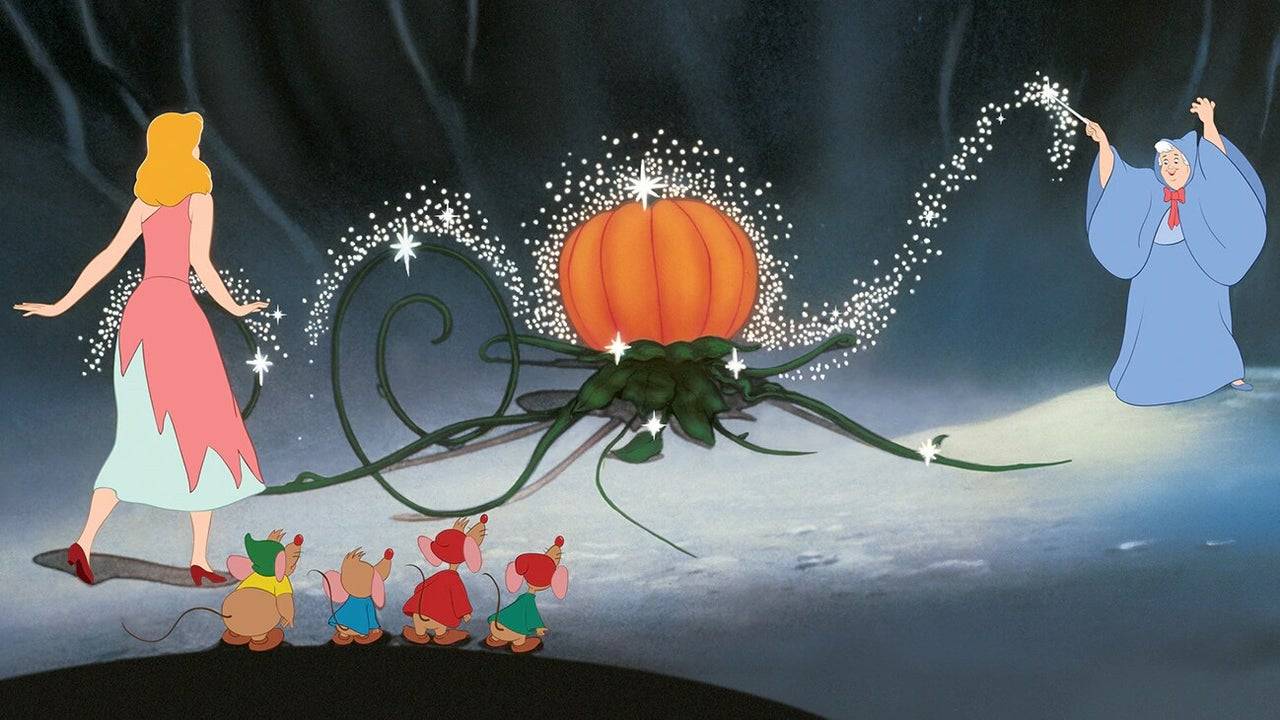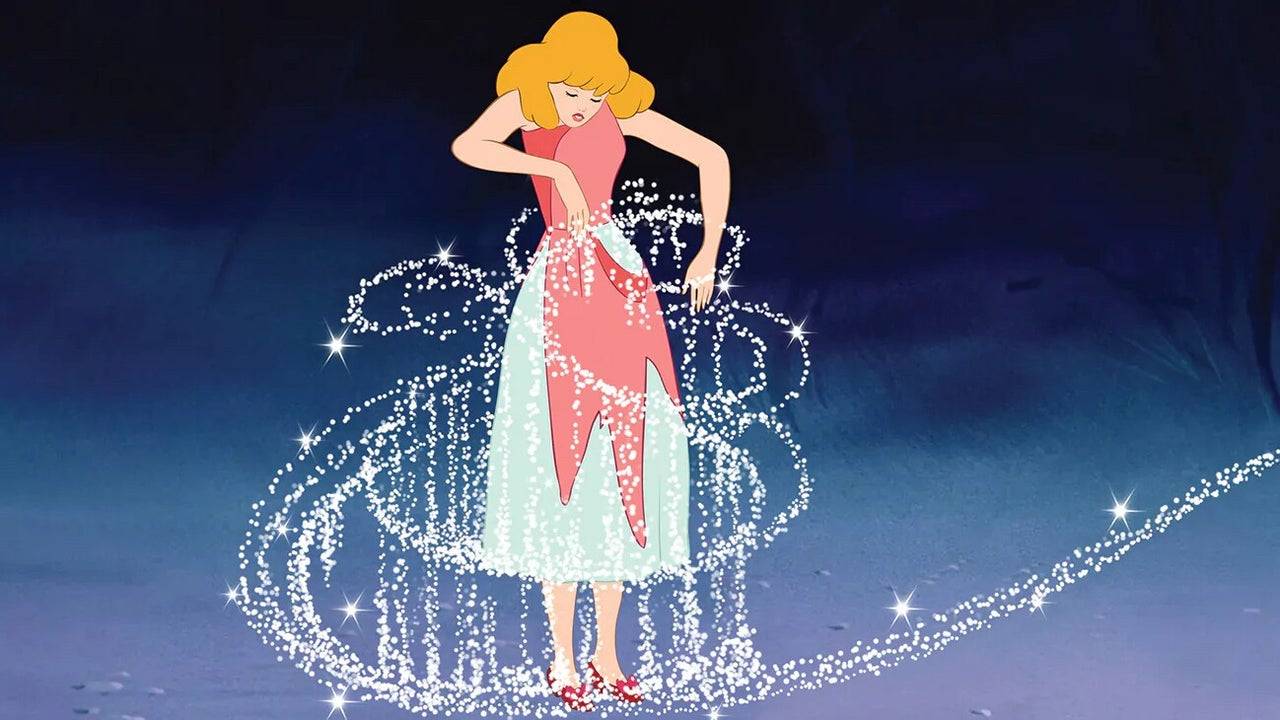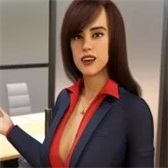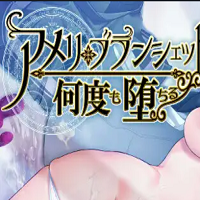Just as Cinderella's dream was set to vanish at midnight, The Walt Disney Company faced its own potential end in 1947, burdened with a $4 million debt following the financial struggles of Pinocchio, Fantasia, and Bambi, exacerbated by World War II and other challenges. However, the beloved princess and her iconic glass slippers played a pivotal role in saving Disney's animation story from an untimely conclusion.
As Cinderella celebrates its 75th anniversary of its wide release on March 4, we engaged with several Disney insiders who remain inspired by this timeless tale of rags to riches. This story not only parallels Walt Disney's own journey but also offered hope to a company and a world in the process of rebuilding and seeking inspiration.
The Right Film at the Right Time --------------------------------To understand the context, we must revisit Disney's fairy godmother moment in 1937 with the release of Snow White and the Seven Dwarfs. The film's immense success, holding the title of the highest-grossing film until Gone with the Wind surpassed it two years later, enabled Disney to establish its Burbank studio, still its headquarters, and embark on a path to produce more feature-length animated films.
Disney's next venture after Snow White, Pinocchio, released in 1940 with a budget of $2.6 million, ended up losing around $1 million despite its critical acclaim and Academy Awards for Best Original Score and Best Original Song. Fantasia and Bambi also underperformed, adding to the mounting debt. The primary reason was the impact of World War II, which began when Germany invaded Poland in September 1939.
"Disney's European markets vanished during the war, and films like Pinocchio and Bambi couldn't be shown there, leading to poor performance," Eric Goldberg, co-director of Pocahontas and lead animator on Aladdin's Genie, explained. "The studio was then commissioned by the U.S. government to produce training and propaganda films for the military. Throughout the 1940s, Disney shifted to creating Package Films like Make Mine Music, Fun and Fancy Free, and Melody Time. These were excellent, but lacked a cohesive narrative."

Package Films were compilations of short cartoons assembled into feature-length movies. Disney produced six of these between Bambi in 1942 and Cinderella in 1950, including Saludos Amigos and The Three Caballeros, which supported the U.S.'s Good Neighbor Policy aimed at countering Nazism in South America. Although these films broke even and reduced the studio's debt from $4.2 million to $3 million by 1947, they delayed the return to full-length animated features.
"I wanted to return to feature films," Walt Disney stated in 1956, as quoted in The Animated Man: A Life of Walt Disney by Michael Barrier. "But it required significant investment and time. A quality animated feature takes both. My brother Roy and I had heated discussions. It was a major decision... We decided to either advance, return to business, or consider liquidation or selling out."
Facing the possibility of selling his shares and leaving the company, Walt and Roy chose the riskier option, betting everything on their first major animated feature since Bambi. If this gamble failed, it could have spelled the end for Disney's animation studio.
"I believe the world needed the notion of rising from ashes to experience something beautiful," said Tori Cranner, Art Collections Manager at Walt Disney Animation Research Library. "While Pinocchio is a stunning film, it lacks the joy that Cinderella embodies. Walt understood that post-war America needed hope and happiness, and Cinderella was the perfect story for that moment."
Cinderella and Disney’s Rags to Riches Tale
Walt's connection to Cinderella dates back to 1922 when he produced a Cinderella short at Laugh-O-Gram Studios, which he founded two years before starting Disney with Roy. This short, and later the feature film, were based on Charles Perrault's 1697 version of the tale, originally told between 7 BC and AD 23 by the Greek geographer Strabo. It's a classic story of good versus evil, true love, and dreams coming true, which deeply resonated with Walt.

"Snow White was a kind and simple girl who believed in wishes and waiting for her Prince Charming," Walt Disney noted in Disney's Cinderella: The Making of a Masterpiece DVD feature. "Cinderella, however, was more practical. She believed in dreams, but she also took action. When Prince Charming didn't appear, she went to the palace to find him."
Cinderella's strength and resilience, despite mistreatment by her Evil Stepmother and Stepsisters after losing her parents, mirrored Walt's own journey from humble beginnings filled with failures and challenges, yet driven by an unstoppable dream and work ethic.
Walt attempted to revive Cinderella as a Silly Symphony short in 1933, but the project's scope grew, leading to a decision in 1938 to develop it into a feature film. Despite delays due to the war and other factors, the film evolved into the beloved classic we cherish today.
Disney's success with Cinderella stemmed from its ability to transform classic tales into universally appealing stories. "Disney took these age-old fairytales and infused them with his unique flair, adding heart and passion, making audiences care deeply about the characters and stories," Goldberg noted. "These tales were often grim, meant as cautionary lessons. Disney made them universally enjoyable and timeless."
Cinderella's animal friends, including Jaq, Gus, and the birds, added comic relief and allowed her to express her true feelings, enriching her character. The Fairy Godmother, reimagined as a bumbling grandmother by animator Milt Kahl, made her more relatable, leading to the iconic transformation scene, often cited as Walt's favorite.
Thanks so much for all your questions about Cinderella! Before we sign off, enjoy this pencil test footage of original animation drawings of the transformation scene, animated by Marc Davis and George Rowley. Thanks for joining us! #AskDisneyAnimation pic.twitter.com/2LquCBHX6F
— Disney Animation (@DisneyAnimation) February 15, 2020
"Every sparkle in that scene was hand-drawn and painted on each frame, which is incredible," Cranner remarked. "There's a subtle moment during the transformation where the magic pauses for a fraction of a second before completing, which adds to the scene's magic."
The addition of the glass slipper breaking at the end, unique to Disney's version, underscored Cinderella's agency and strength. "Cinderella isn't a blank protagonist; she has personality and strength," Goldberg emphasized. "When the slipper breaks, she presents the other one she's been holding, showing her control and cleverness."
Cinderella premiered in Boston on February 15, 1950, and had its wide release on March 4, earning $7 million on a $2.2 million budget, becoming the sixth-highest grossing film of 1950 and receiving three Academy Award nominations. "When Cinderella was released, critics praised it, saying 'Walt Disney is back!' It was a huge success because it returned to the narrative style of Snow White, which audiences loved," Goldberg said. "It revitalized the studio, leading to films like Peter Pan, Lady and the Tramp, Sleeping Beauty, 101 Dalmatians, and The Jungle Book."
75 Years Later, Cinderella’s Magic Lives On
Today, Cinderella's influence remains strong, evident in the iconic castles at Walt Disney World and Tokyo Disneyland, and in modern Disney films. "When animating Elsa's dress transformation in Frozen, we drew direct inspiration from Cinderella," said Becky Bresee, lead animator on Frozen 2 and Wish. "The sparkles and effects in Elsa's scene pay homage to Cinderella's impact."

The contributions of the Nine Old Men and Mary Blair are crucial to Cinderella's distinct style and character development. Eric Goldberg encapsulates why Cinderella was the right film at the right time: "Cinderella embodies hope, showing that perseverance and strength can lead to dreams coming true, no matter the era."
 Home
Home  Navigation
Navigation






 Latest Articles
Latest Articles










 Latest Games
Latest Games











